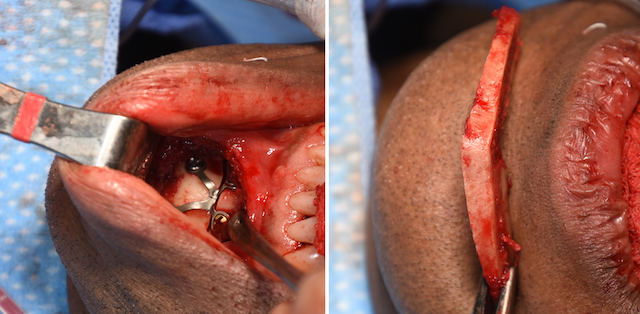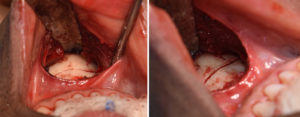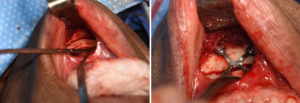Reduction of a large chin is far less frequently done than chin augmentation. And it is a procedure that is highly gender influenced, more women have it done than men. As a result, information on chin reduction is less available including the various techniques used to perform it.
Like chin augmentation and in selecting how to perform it, the key in chin reduction is what dimensions need to be changed. Considerations must be given to whether the excesses exist in vertical length, horizontal projection and transverse width. Many larger chins are a combination of multiple dimensional excesses. But the identification or diagnosis of what dimensional reductive changes are needed will correctly identify the correct procedure needed to treat it.
One type of an isolated dimensional excess is in the vertically long chin. The chin appears too long but has satisfactory projection and width. Reducing vertical macrogenia can be done on of two ways, either from an intraoral wedge ostectomy (combined osteotomy and ostectomy) or from aubmental osteotomy or shave. Each vertical chin reduction method has its advantages and disadvantages.
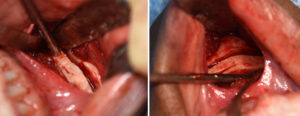
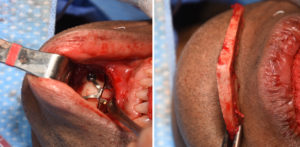
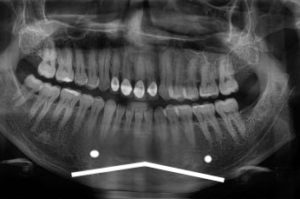
The intraoral vertical wedge chin reduction is appropriate for those patients that want to avoid a submental scar and enough bone can be safely removed within the limits of the location of the tooth roots and mental nerves.
Dr. Barry Eppley
Indianapolis, Indiana

